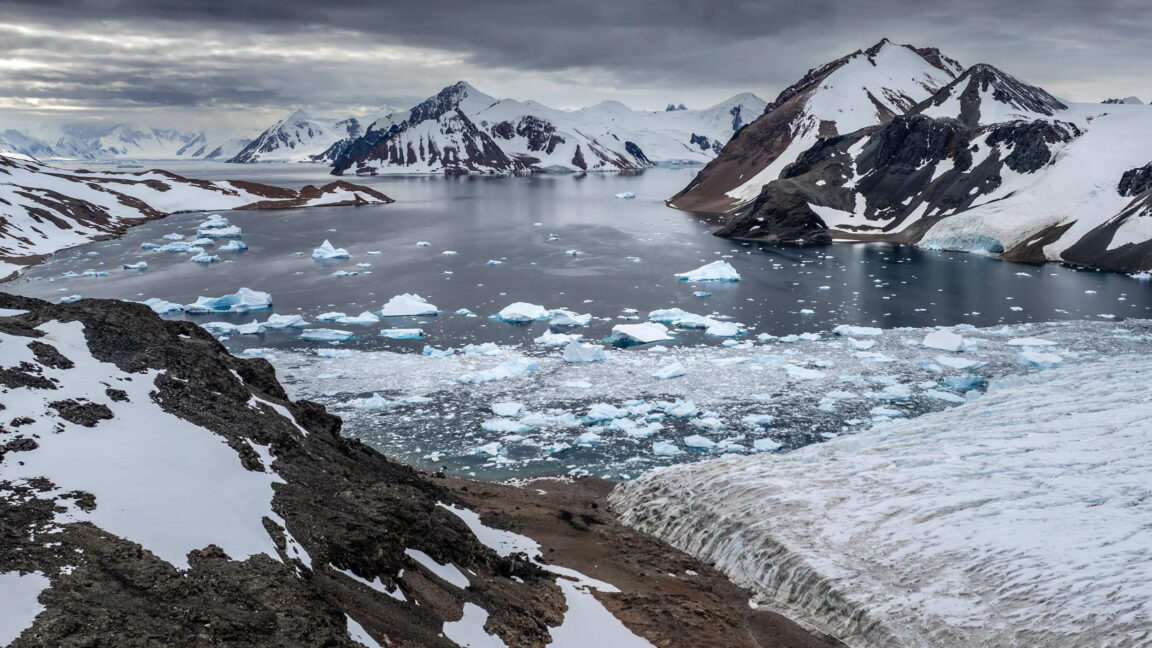
"As recently as the 1990s, when the Greenland Ice Sheet and the rest of the Arctic region were measurably thawing under the climatic blowtorch of human-caused global warming, most of Antarctica's vast ice cap still seemed securely frozen. But not anymore. Physics is physics. As the planet heats up, more ice will melt at both poles, and recent research shows that Antarctica's ice caps, glaciers, and floating ice shelves, as well as its sea ice, are just as vulnerable to warming as the Arctic."
"Both satellite data and field observations in Antarctica reveal alarming signs of a Greenland-like meltdown, with increased surface melting of the ice fields, faster-moving glaciers, and dwindling sea ice. Some scientists are sounding the alarm, warning that the rapid "Greenlandification" of Antarctica will have serious consequences, including an accelerated rise in sea levels and significant shifts in rainfall and drought patterns."
"The Antarctic ice sheet covers about 5.4 million square miles, an area larger than Europe. On average, it is more than 1 mile thick and holds 61 percent of all the fresh water on Earth, enough to raise the global average sea level by about 190 feet if it all melts. The smaller, western portion of the ice sheet is especially vulnerable, with enough ice to raise sea level more than 10 feet."
Antarctic ice caps, glaciers, floating ice shelves, and sea ice are increasingly vulnerable to warming, mirroring Greenland's melt. Satellite data and field observations show increased surface melting, faster glacier flow, and reduced sea ice. The Antarctic ice sheet covers 5.4 million square miles, averages over one mile thick, and contains 61% of Earth's freshwater—enough to raise global sea level by about 190 feet if fully melted. West Antarctic ice holds enough to raise sea level over 10 feet and is particularly vulnerable. These changes imply accelerated sea-level rise and major shifts in rainfall and drought patterns worldwide.
Read at Ars Technica
Unable to calculate read time
Collection
[
|
...
]